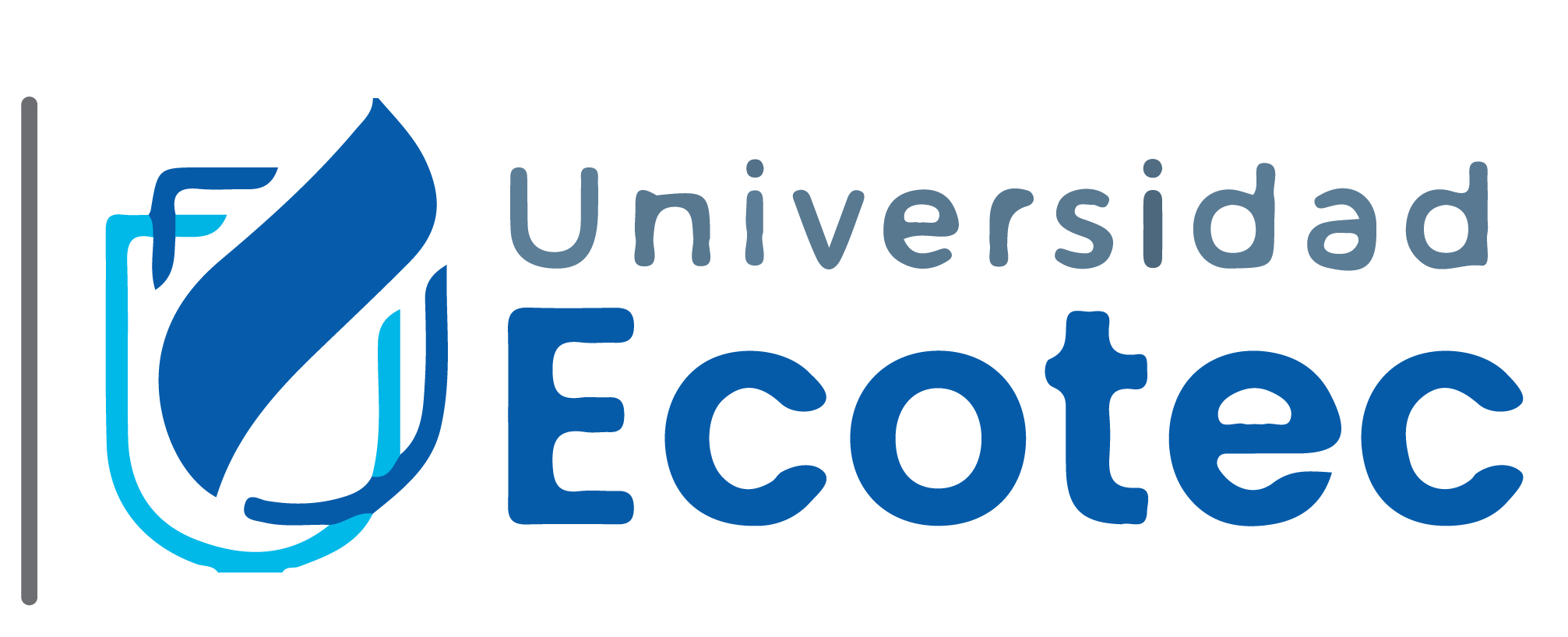Artículo
Measurement of data obsolescence in public health journals of Mexico
Resumen
0
Autores | Velastegui-Montoya, A; Montalvan-Burbano, N; Pena-Villacreses, G; de Lima, A; Herrera-Franco, G |
Título | Land Use and Land Cover in Tropical Forest: Global Research |
Afiliaciones | Universidade Federal do Para; Universidad de Almeria |
Año | 2022 |
DOI | 10.3390/f13101709 |
Tipo de acceso abierto | Green Published, gold |
Referencia | WOS:000875280300001 |
Artículo obtenido de: | WOS |



